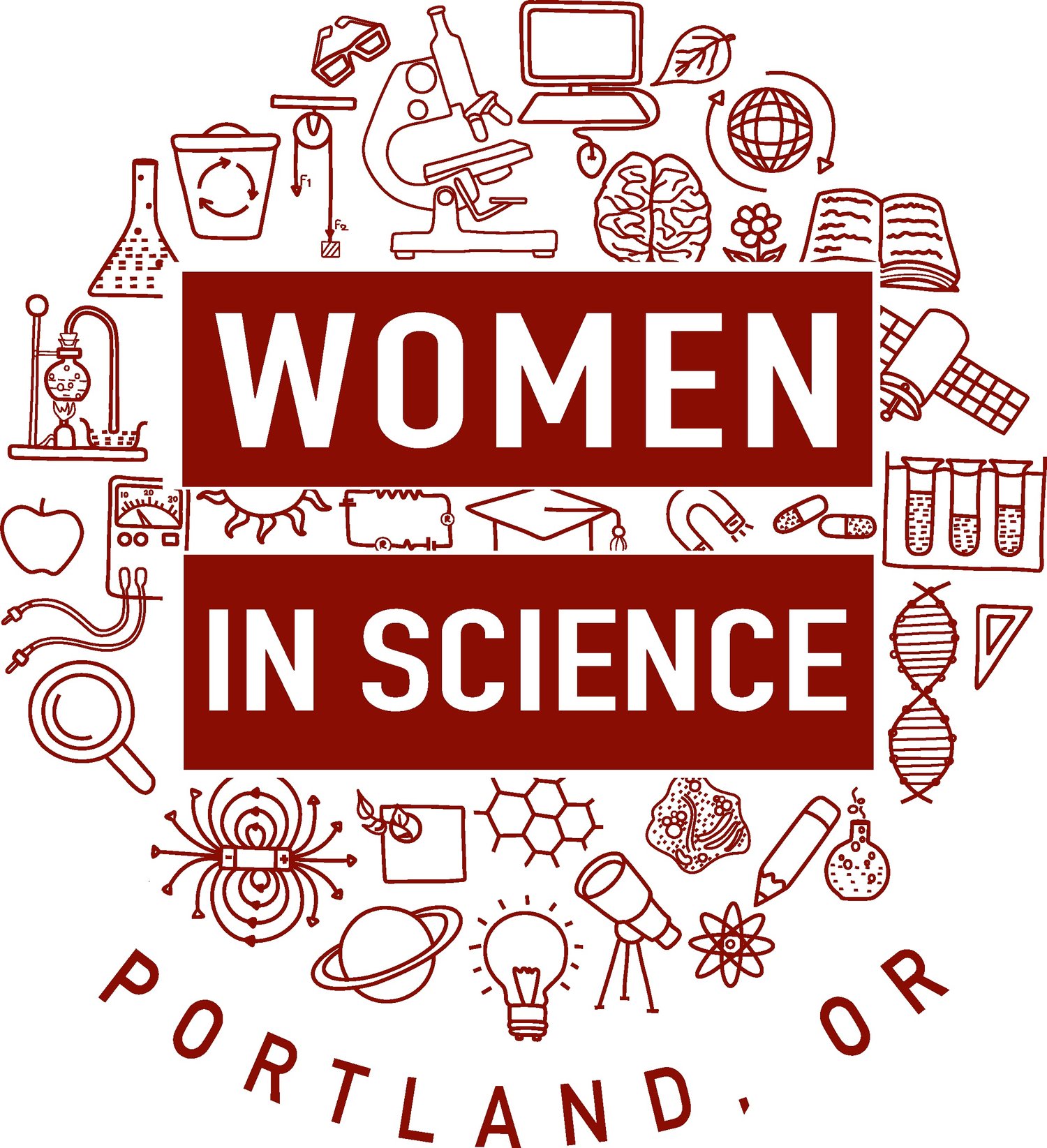7 Female Science Leaders Every Child Should Learn About
 The scientific community has been influenced by the discoveries, breakthroughs, and research of countless female science leaders. Most children know about chemist Marie Curie, mathematician Ada Lovelace, and animal advocate Jane Goodall, but there are so many other female science leaders that children should learn about. The world would not be the same today without the work of female science leaders like Maria Goeppert Mayer and Tu Youyou. For the countless females currently in a science profession or for the young girls who dream of becoming a scientist, it’s important to learn about these female trailblazers.
The scientific community has been influenced by the discoveries, breakthroughs, and research of countless female science leaders. Most children know about chemist Marie Curie, mathematician Ada Lovelace, and animal advocate Jane Goodall, but there are so many other female science leaders that children should learn about. The world would not be the same today without the work of female science leaders like Maria Goeppert Mayer and Tu Youyou. For the countless females currently in a science profession or for the young girls who dream of becoming a scientist, it’s important to learn about these female trailblazers.
- Sally Ride (1951-2012)
After joining NASA in 1979, Sally Ride became the first American female astronaut to fly in space when she flew on the Challenger in 1983, and she remains the youngest American astronaut to have ever flown in space. Following both the Challenger and Columbia accidents, Ride was the only person to serve on both committees for the investigations. She paved the way for other female American astronauts like Mae Jemison and Eileen Collins to continue space exploration.
- Katherine Johnson (1918-2020)
Many people know of Katherine Johnson because of the movie Hidden Figures, but few people understand how her work transformed the scientific community. Johnson’s work as a NASA mathematician and played a pivotal role in calculating the trajectories for the Apollo missions, including Apollo 11 when Buzz Aldrin and Neil Armstrong landed on the moon. Not only did Johnson make huge contributions to NASA with her work, but she was instrumental in helping bridge the gaps of both gender and racial inequality at NASA.
- Maria Goeppert Mayer (1906-1972)
As a German immigrant to the United States, Maria Goeppert Mayer persisted with her goal of becoming a chemical physicist even when no university would hire her. After becoming a chemical physicist, she made a monumental scientific breakthrough when she discovered the nuclear shell of the atomic nucleus, and her scientific work led to her being named as the 1963 Nobel Prize in Physics. Even though she did not get a full-time faculty position until she was 58, Mayer’s perseverance and work on the nuclear shell model had a large impact on the scientific community.
- Vera Rubin (1928-2016)
Awarded the National Medal of Science in 1993, Vera Rubin’s scientific research proved that dark matter was present in the universe by showing that stars and planets were pulled in certain directions by gravity forces. As an American astronomer, her work on galaxy rotation rates is still used today by scientists around the world.
- Flossie Wong-Staal (1946-2020)
Flossie Wong-Staal is remembered as the scientist who first cloned the HIV virus, but she also made numerous other contributions to the scientific community including discovering molecular evidence of micro-variation in HIV and that human T-lymphotropic virus (HTLV) can produce cancer. Because of Wong-Staal’s scientific discoveries, researchers were able to prove that HIV can lead to AIDS.
- Tu Youyou (1930-Present)
The work of Chinese chemist Tu Youyou has saved the lives of millions around the world. Using ancient Chinese studies on medicine, she discovered artemisinin, a compound that decreases the number of parasites in malaria patients’ blood. Along with two of her colleagues, Youyou was the recipient of the 2015 Nobel Prize in Physiology or Medicine making her the first Chinese person to win a Nobel Prize in Physiology or Medicine and the first Chinese female to win a Nobel Prize in any category.
- Rita Levi-Montalcini (1909-2012)
As the winner of the 1986 Nobel Prize in Physiology or Medicine, Rita Levi-Montalcini is an Italian neurologist who discovered the nerve growth factor. Her scientific contribution has led to breakthroughs on how the nerve growth factor can mutate in people with dementia and certain cancer types. Even almost 35 years after winning the Nobel Prize based on her discovery, her research is continuing to help those in the scientific community make new neurological discoveries. From Sally Ride and Katherine Johnson’s contributions at NASA to Flossie Wong-Staal and Rita Levi-Montalcini’s contributions to medical research, female science leaders have had an indispensable impact on the scientific community. Considering that most female leaders in the science community have had to overcome challenges for being a female in a predominantly male field, it’s important to appreciate these ladies and teach children about their many accomplishments. Author Bio Valerie Cox is a contributing writer for LOC Scientific. In her spare time, she enjoys reading, traveling, and volunteering in her local community.
Valerie Cox is a contributing writer for LOC Scientific. In her spare time, she enjoys reading, traveling, and volunteering in her local community.
